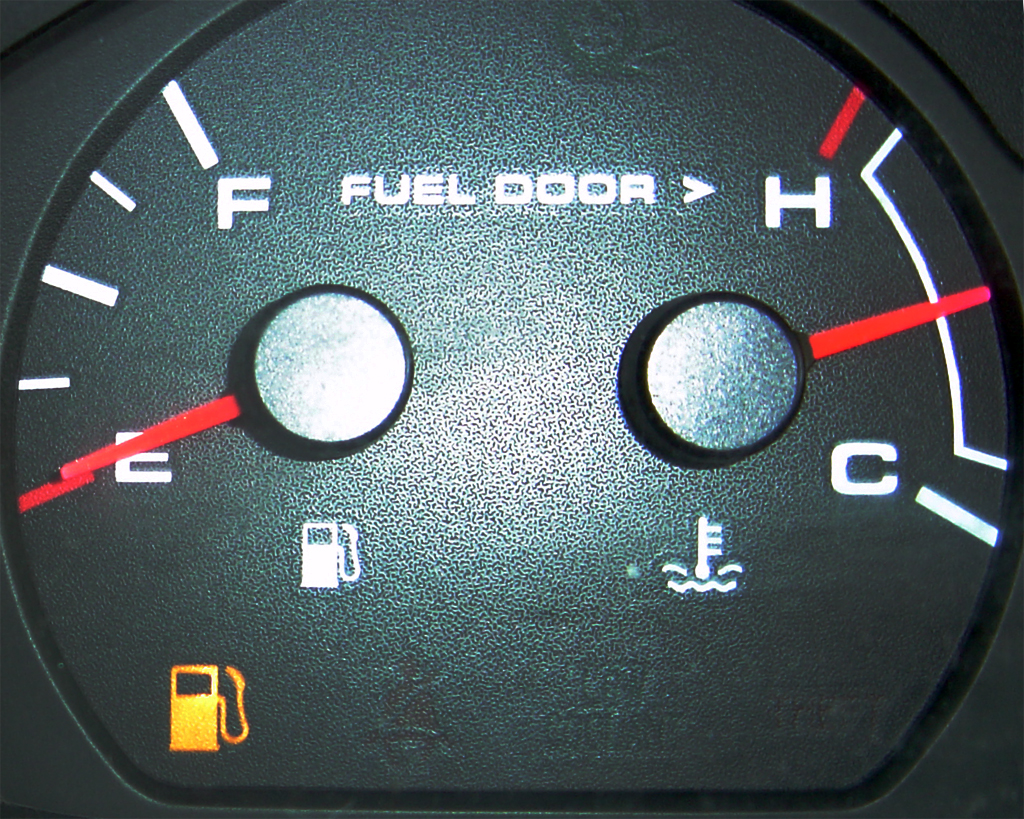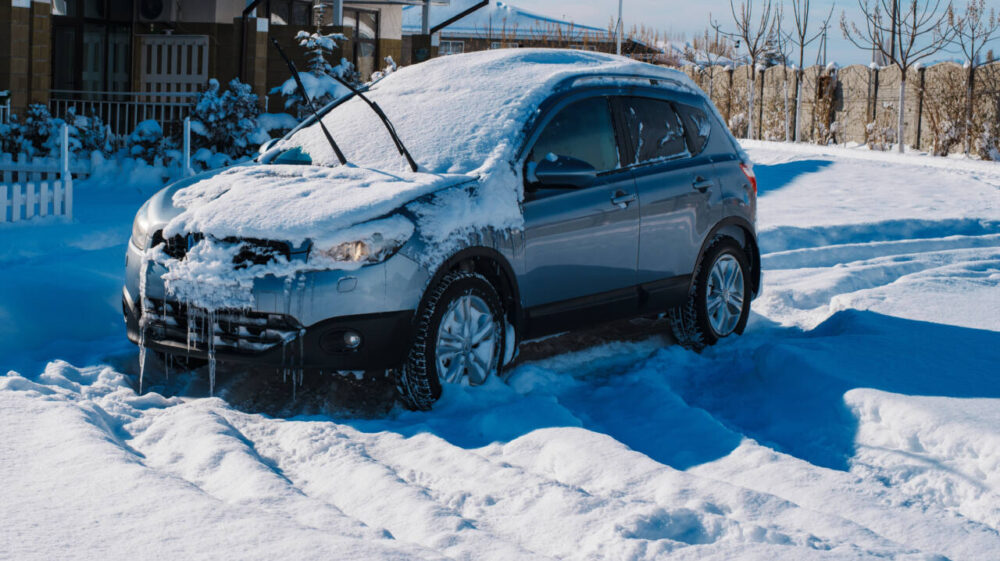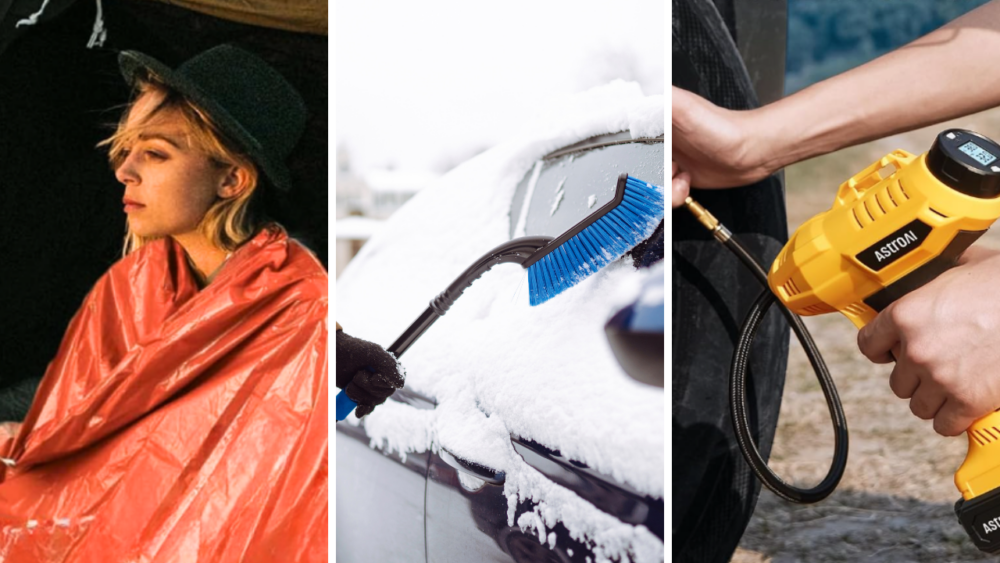How Far You Can Drive Your Car On Empty In One Simple Chart
If you’re like me, you’ve always wondered how far you can travel in an emergency situation when that gas light comes on and the indicator is over the “E.” Well, the good folks at YourMechanic put together a really helpful chart that shows how many miles your car can travel while on empty.
The chart, which is based on popular 2015 models, doesn’t cover every car, but you can likely estimate what this means for your car based upon others.
Overall, sedans get about 30 miles and larger SUVs get about 90 miles from when the warning light comes on.
A lot of modern cars have a range indicator that tells you the amount of miles left. However, YourMechanic says this may not always be the best guide as the range is based on your average mileage and may not be accurate to your current driving conditions (think highway versus stuck in traffic on city streets).
According to YourMechanic, here are some details about the chart:
“Here is the range for how many miles you can drive – as well as the point at which the warning light illuminates – for the 50 best-selling vehicle in the United States in 2015.
Note: For vehicles with “Not Available” listed for the point at which the warning light comes on, the light is triggered based on the distance to empty calculator having the listed number of miles remaining.”
Based on this chart, if you drive a Nissan Versa or Toyota Prius, you shouldn’t have much to worry about when your car shows “empty.” You should have 76-80 miles, minimum, to get to a gas station and fill up.
If you’re driving something more like a Chevy Silverado or Kia Optima, you’re going to want to find a gas station sooner than that, as you may have only a 25-30-mile window to work with.
Now, just because you have this information doesn’t mean you should test the boundaries. It’s always a good idea to fill up your car as soon as possible when it gets near the empty level. But if you ever find yourself in an emergency situation, it’s good to know the range.
Running your car near or on empty may cause damage to the car (especially older models). For example, fuel acts like a coolant for your car’s fuel pump motor. So, by letting the gas level get too low, you run the risk of causing serious damage. Fixing this problem can cost hundreds of dollars. Not exactly worth the time saved in waiting to get gas until you really need it.
MORE: How do hybrid cars work?








